
The mistakes that many people are making
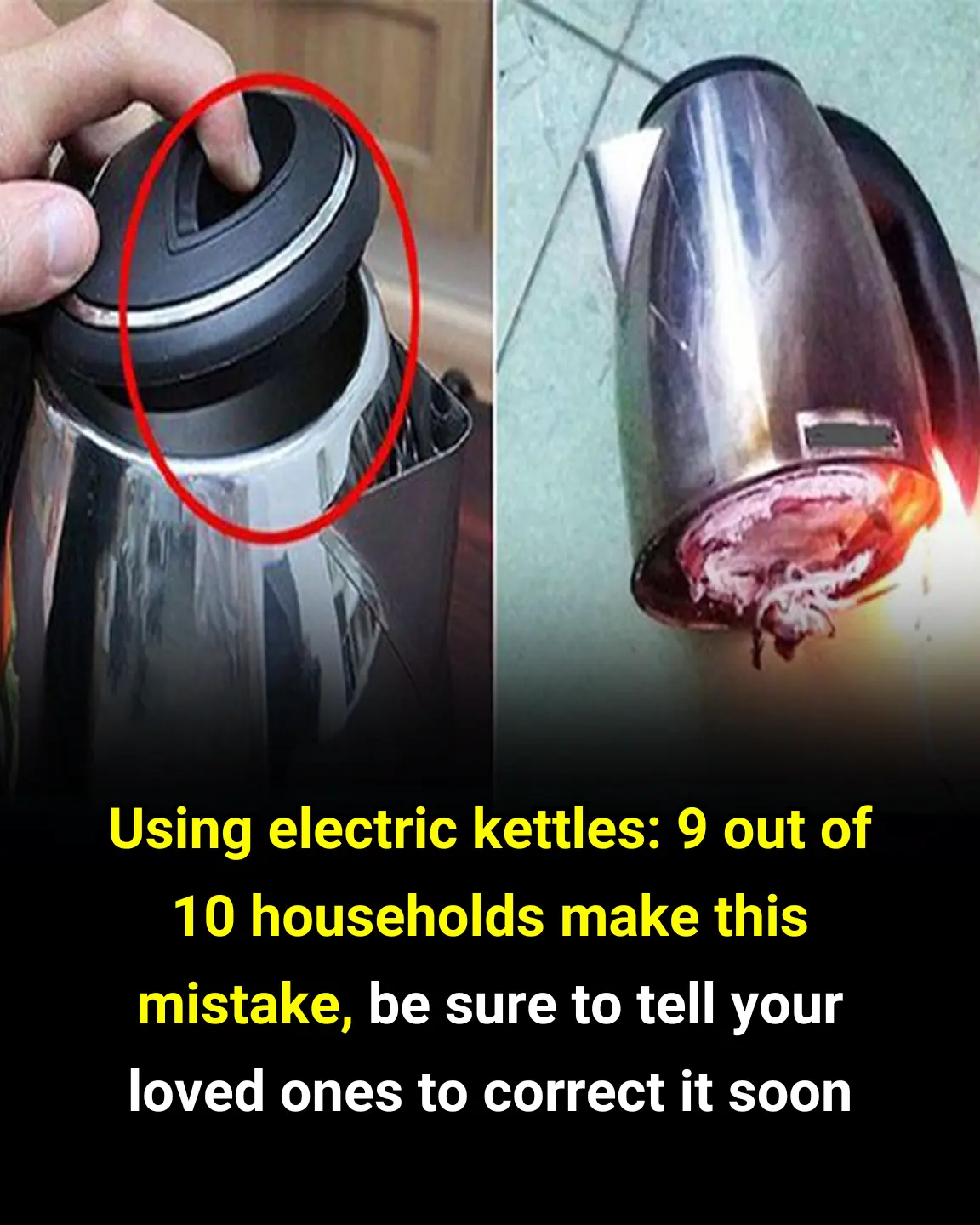
Electric kettles have become an essential appliance in every household, saving time compared to traditional methods of boiling water. However, there is a common mistake that most of us make when using electric kettles, and if we don’t change this habit, it can lead to significant consequences for both health and the lifespan of the appliance.
While using an electric kettle to boil water is very simple, many people still make mistakes that shorten the appliance’s lifespan and can harm their health. Below are five common mistakes, and 9 out of 10 households tend to make them.
1. Buying Any Type of Electric Kettle
The main function of an electric kettle is to boil water, and many people think any kettle will do, even the cheap ones, as long as it can boil water. In reality, when buying an electric kettle, you should choose one made from stainless steel.
Stainless steel actually comes in different grades. The best choice is a kettle made from 304 stainless steel, which is corrosion-resistant and can withstand high temperatures. Kettles made from this type of steel ensure that the water boiled in them is safer.
2. Filling the Electric Kettle with Too Much Water
Many people have the habit of filling the kettle to the top. This is actually a risk. When the water boils, it can spill over and even flow into the base of the kettle, causing short circuits or damage.
In fact, there is a maximum water level marked inside the kettle. When boiling water, you should not exceed this level to ensure electrical safety in your home.
3. Turning On the Power Before Filling the Kettle with Water
Some people have the habit of turning on the power of the kettle before filling it with water. This can damage the kettle, as it will run dry if there is no water inside.
Although the kettle won't be dry for long, prolonged use in this condition can cause it to overheat, potentially leading to a burnt kettle or even a short circuit. Therefore, always make sure to fill the kettle with water before placing it on its base and turning it on.
Also, make sure there is no water left on the base when placing the kettle on it. If there is any water, wipe it dry to avoid short circuits. After each use, unplug the kettle.
4. Pouring All the Water Out After Boiling
After boiling water, we often pour it into a water jug or thermos for later use. However, you should not pour all the water out of the kettle. It’s better to leave a little water inside.
The reason is that right after the kettle turns off and the base is still hot, pouring out all the water can cause the thermostat relay to dry out, affecting the kettle’s lifespan. It’s better to leave a bit of water in the kettle, discard it the next time you boil water, and clean the kettle. This ensures the longevity of the kettle and prevents it from breaking down too quickly.
5. Rarely Cleaning the Electric Kettle
We should clean the inside of the kettle regularly. If you don’t clean it, a layer of yellowish scale will form over time. Using a kettle like this to boil water can affect the quality of the water and even harm your health. So, cleaning the kettle is essential.
To remove the scale, pour white vinegar into the kettle and add half a cup of water. Then, turn the kettle on to boil the water.
After the water has boiled, leave it for about 10 minutes, then pour out the water. You will notice that the scale at the bottom of the kettle has significantly reduced. Next, wipe it clean, and the scale inside the kettle will be completely removed.
Vinegar helps remove scale because it neutralizes the alkaline properties of the scale with its acidic content, making it easy to clean the inside of the kettle.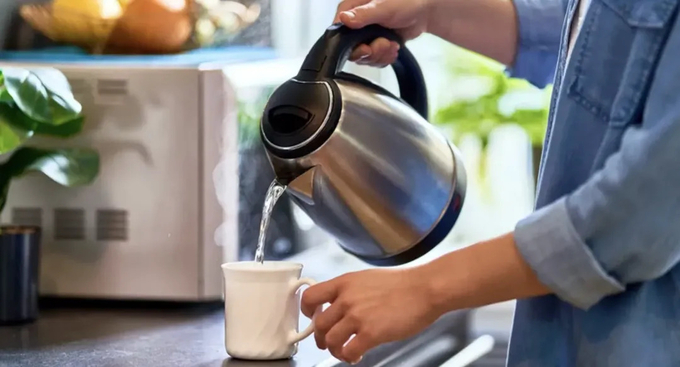
News in the same category


5 Stomach-Nourishing Foods You Should Eat Every Week

Millions Are Making This Vitamin D Mistake

Why shouldn't I install surveillance cameras in my home?

Mix Rice With This Ingredient and Place It in the Corners of Your House

These 5 Foods Are the Real “Silent Kil.lers” Hiding in Your Kitchen!
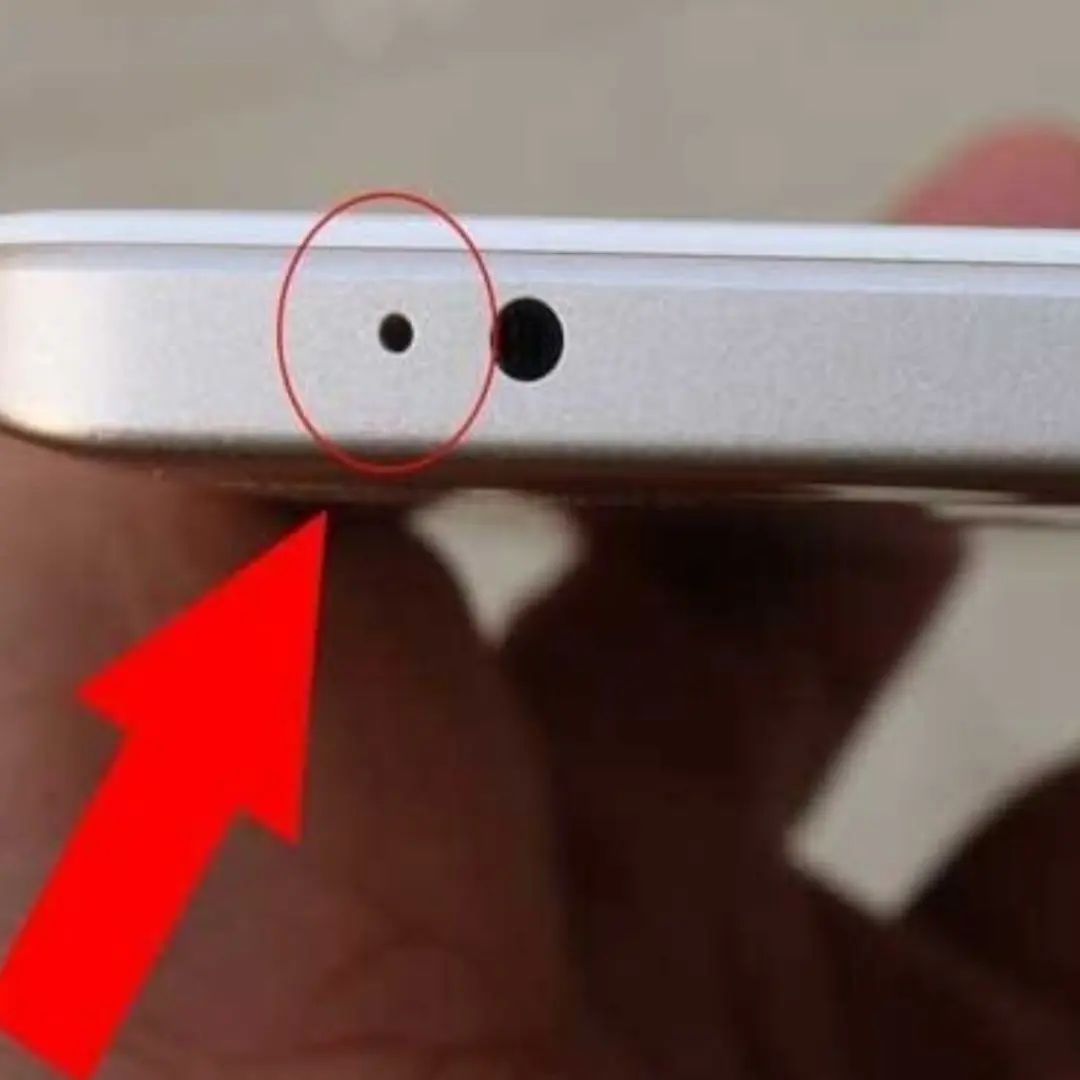
The small round hole in the phone has a very important function
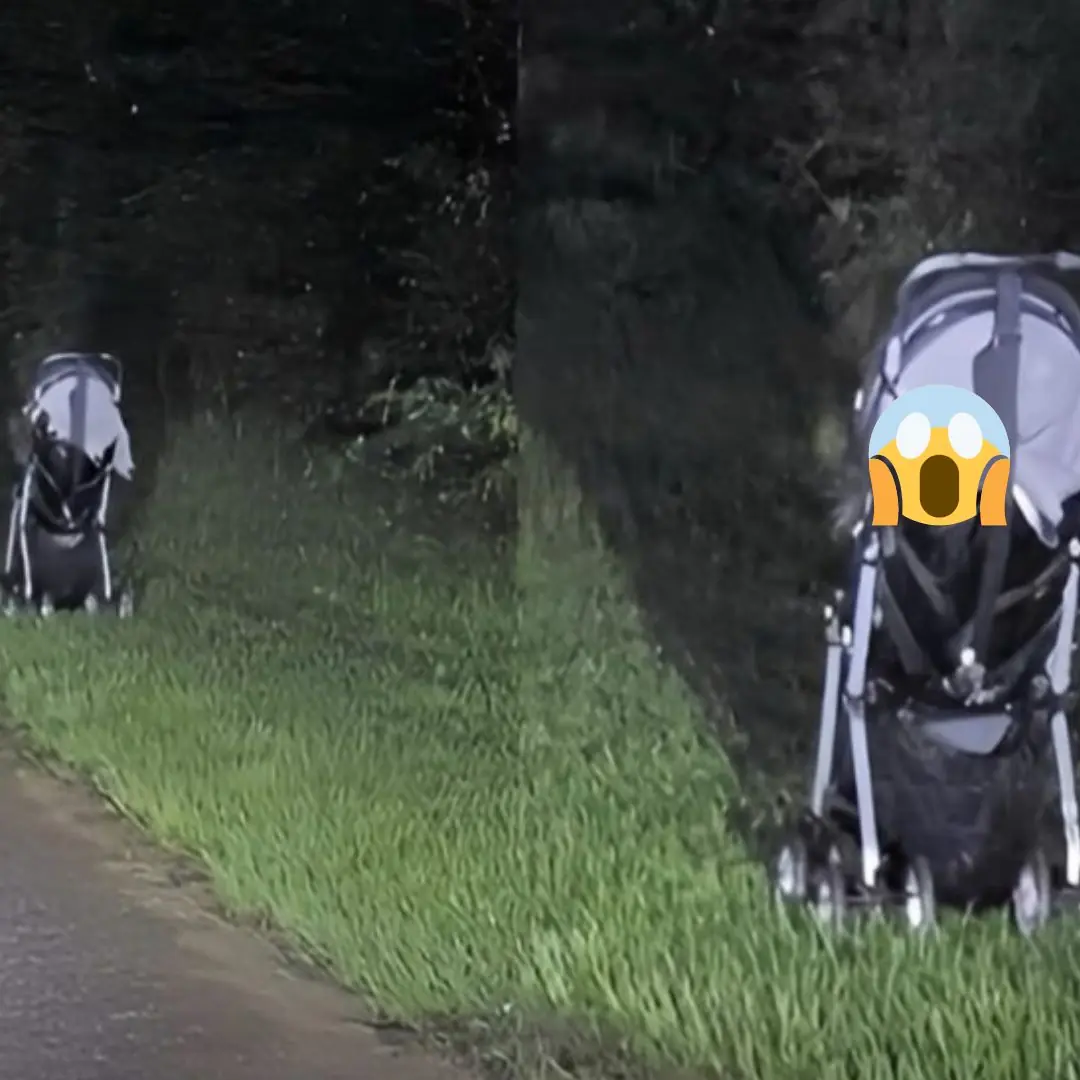
Woman issues terrifying warning after finding a stroller abandoned on the side of the road

6 Daily Habits That Can Finally End Your Sleepless Nights

6 Eating Mistakes That Can Damage Your Health

5 Foods You Should Avoid at Night If You Don’t Want to Lose Sleep

The Type of “Waste” Everyone Throws Away but Experts Call a Hidden Treasure:

4 TERRIBLE MISTAKES That Make Your Home Smell Bad All the Time — Without You Realizing It

Eating Bananas on an Empty Stomach: Healthy Habit or Hidden Dan.ger?

8 Can.cer-Kill.ing Foods You Should Add to Your Diet Immediately

The Hidden Healing Plant: Why Euphorbia Hirta Is Becoming Nature’s Most Unexpected Health Powerhouse

The Morning Habit Des.troying Your Skin! Find out now!

How to Use Onion to Get Rid of Pests:
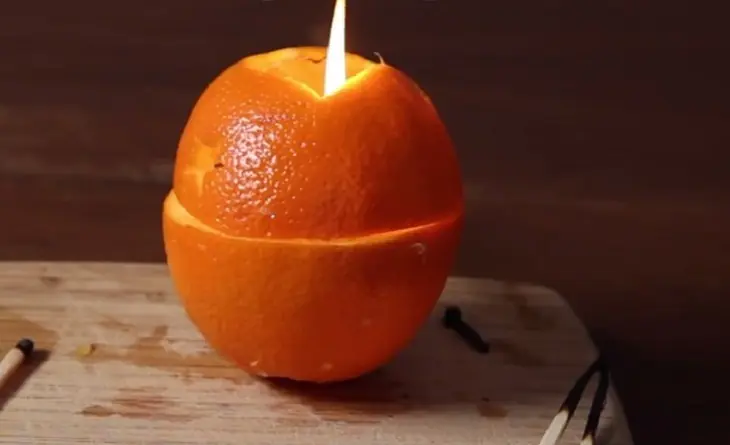
Don’t Throw Them Away! These 5 Fruit Peels Can Repel Mosquitoes and Make Your Home Smell Amazing

Is Green Tea Really for Everyone? Discover Who Should Limit This Health Drink!
News Post

Classic Wiener Schnitzel
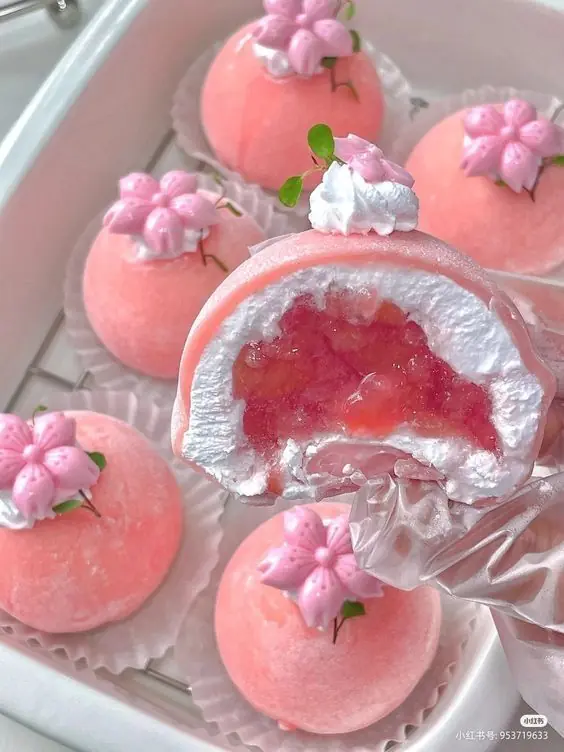
Pink Cream & Jelly Mochi

Strawberry Milkshake with Whipped Cream

Mini Caramel Apple Pies

Avocado Egg Salad Bowl

Strawberry Ricotta Toast

Thai Gaeng Som with Shrimp & Cha-Om Omelette

I Found Old Letters in Our Attic—And They Were Addressed to Me… from 10 Years Before I Was Born

The New Neighbor Called Me by My Childhood Nickname—But I’ve Never Met Him Before

Dad Snaps A Photo Of His Daughter In Front Of Giant Horse, Looks Closer And Can’t Stop Laughing

A Woman Found Out Her Husband Was Cheating

Elena remembered that she had forgotten her money, returned home, and saw something that made her unable to forgive her husband

How a Vintage Suitcase Taught My Son About Respect and Humility
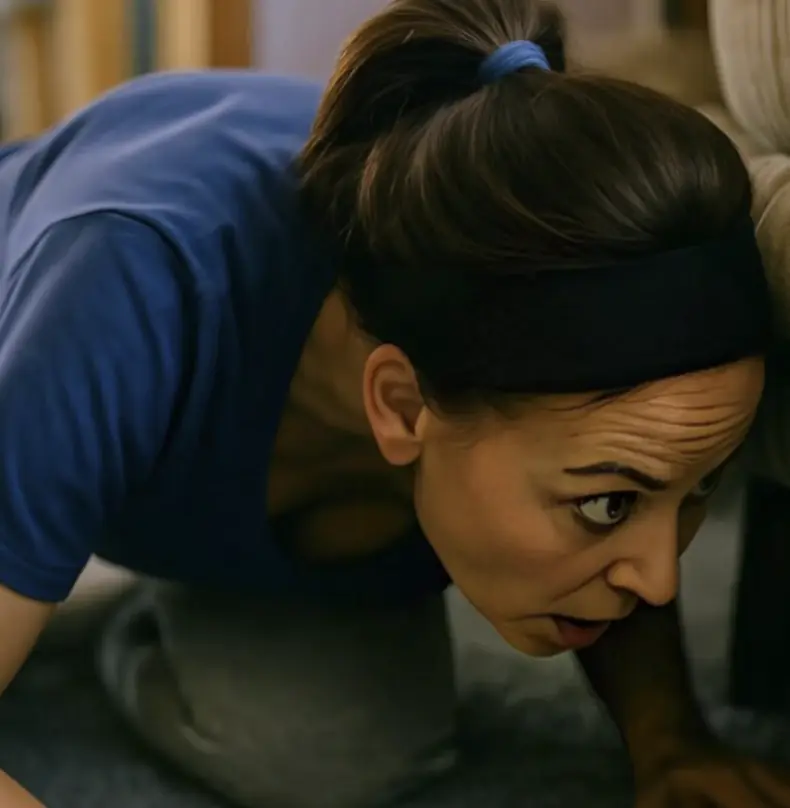
A Hidden Note Reveals the Truth After Our Daughter’s Tragic Passing

How a Loyal Dog Unveiled a Deadly Conspiracy in a Texas Death Row Case

“What time are you meeting your mistress today?” the wife asked her husband

My husband secretly went on a 15-day trip with his “best friend.” When he returned, I asked him a single question that paralyzed him

At Her Son’s Wedding, the Maid Was Humiliated — Until the Bride’s Father Spoke the Truth…

I hid the truth about my business and income from my fiancé and his family, and at a family dinner they found out the truth
